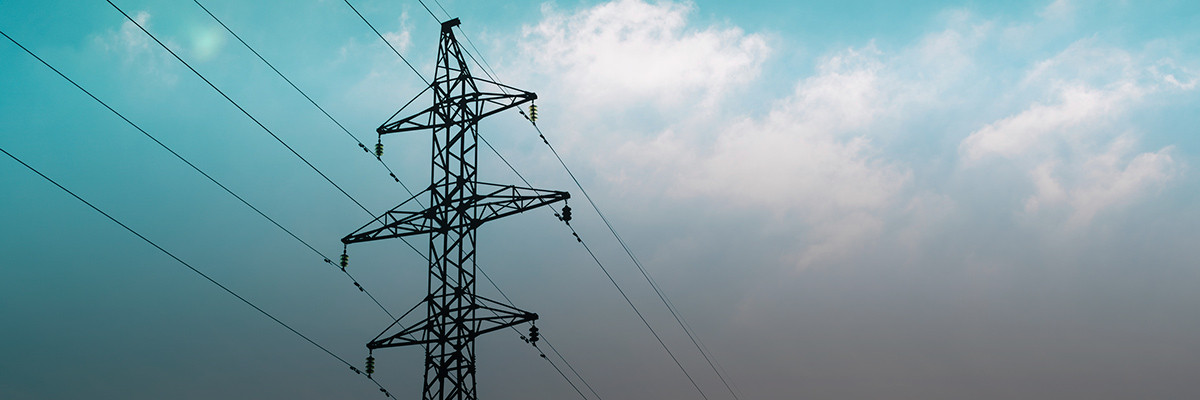
Authors
-
Eva Dienel
Former Associate Director, Communications, BSR
AT&T’s AVP of Sustainability Operations John Schulz joined the company’s real estate group in 2002. Managing the company’s buildings and equipment for six years not only gave Schulz an appreciation for the scale of the organization, it got him thinking about the role of operations in sustainability. In 2008, he lobbied for a shift in career roles and joined the energy team.
His first job was to develop AT&T’s greenhouse gas inventory. “That jumpstarted my career into a lot of different sustainability-related places,” Schulz explained. “I was on the energy team, where we were tracking energy-efficiency projects, reporting, and developing the business case for energy efficiency. And that migrated into our water work. I got my hands down in the dirt from a real tactical perspective.”
Today, Schulz works more broadly on sustainability, looking across the company to understand how sustainability can bring value to each business unit and all of their customers. “This has been a great evolution from the operational nitty-gritty role to thinking about how sustainability can be woven into the key things the business has moving forward,” Schulz said.
He spoke with us about the company’s new long-term goals for 2025, and how achieving these targets requires expanding from an internal focus to now also include a focus on external collaboration with supply chain partners, industry peers, customers, and communities.
Eva Dienel: What are your company’s top sustainability priorities for the year?
John Schulz: This is an exciting year because it’s the first year of some longer-term goals we put in place late last year with our roadmap for 2025, which includes long-term goals and intermediate targets that help us focus on our long-term objectives.
BSR helped us build these goals, and it’s an example of our interest in taking the next step in the program: We are going from goals that we tick off every year to putting a stake in the ground for the longer term. It’s longer-term and grander in scale than in the past.
Dienel: Tell us about some of these goals.
Schulz: The goals fall into three categories:
The first is looking at our network and our customers. A flagship element is our goal to enable carbon savings that are 10 times the footprint of our operations: our “10X goal.” We are breaking these pieces down to see how to engage with business, external parties, and customers.
The second part of our goals involves our supply chain. We are working to engage with industry peers to develop and then promote the adoption of sustainability metrics. A lot of people are thinking about how to engage with supply chains; we are doing that, too, but we also want to engage with external stakeholders in a more standardized way to transform the environmental and social impacts of supply chains.
The third category is communities. We want to be plugged into local communities and be a valuable part of where we live and work. A key way we do this is by investing in resources, initiatives, and partners to focus on closing the skills gap with a goal of increasing the number of Americans with high-quality, post-secondary degrees or credentials to 60 percent. We do this in a couple different ways: by investing our time and resources, and by developing initiatives with local nonprofits, other technology companies, and academic institutions. For instance, we developed an online training program with Udacity to offer Nanodegrees, or credentials, that provide high-demand skillsets that AT&T and other employers are looking for. We have also teamed with Georgia Tech to offer an online Master’s degree focused on computer science, the first of its kind delivered through a MOOC.
Dienel: How are you shifting your approach to meet these long-term goals?
Schulz: In the past, our goals were mostly internal-oriented. For instance, how do we develop things like our goal to integrate alternative fuel vehicles into our fleet? How should we work with Environmental Defense Fund to develop our water program and goals? It was internal, operational, and we continue to work on those types of projects.
But what is different is that—whether it’s with our supply chain efforts, working with industry peers, or working with communities—we are now focused on collaborating with external partners: NGOs, our customers, and trusted third parties. It’s about developing those robust relationships beyond our four walls to solve problems that go beyond what we can accomplish on our own. We want to collaborate closely up and down our value chain. By starting with our network and employees, and engaging our supply chain, our customers, and our communities, we can achieve savings that are much bigger than by just focusing internally.
Dienel: Tell us about your work with BSR.
Schulz: I would put the value BSR brings into two buckets: First, BSR brings credible, external stakeholder perspectives to the table. For example, when we were looking for ways to engage with consumers and with phone manufacturing partners on how to integrate environmental and social considerations into their phones, BSR brought a valuable perspective on not only what the consumers might think, but what our phone manufacturers might think.
Second, because of that perspective, BSR brings best practices related to methodology and program development to the table. In other words, with BSR’s body of experience you don’t have to start from scratch trying to build that knowledge—which means we end up with a better product in a shorter amount of time.
This blog is one in a series highlighting BSR members and their sustainability stories. To learn more about BSR membership, please contact memberservices@bsr.org, visit the BSR Membership webpage, or join the conversation at #BSRmember.
BSR’s latest sustainability insights and events straight to your inbox.
Let’s talk about how BSR can help you to transform your business and achieve your sustainability goals.